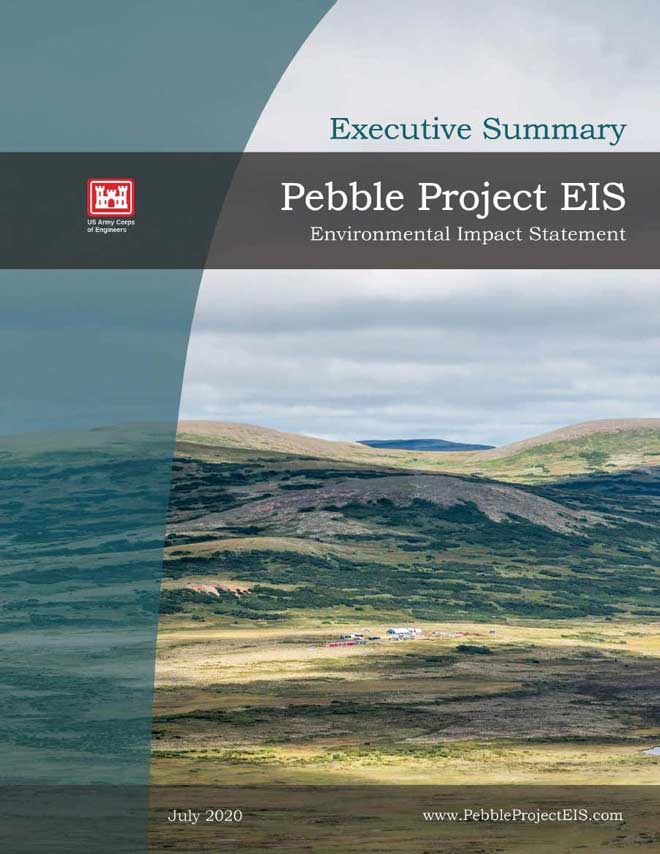The past couple weeks have been full of important developments in the fight to stop the proposed Pebble Mine, which would endanger important, pristine wildlife habitat in Alaska’s Bristol Bay. Especially threatened would be the world largest wild-sockeye-salmon run, which depends on clean water and undisturbed streams in the region.
Here’s a rundown of recent events, as well as discussions of where we–as part of the anti-Pebble movement–go from here.
1. U.S. Army Corps of Engineers Issues Final Environmental Impact Statement for Pebble Mine Project
On July 24, the U.S. Army Corps of Engineers issued its final Environmental Impact Statement on the Pebble Mine project. While the EIS doesn’t issue any permits, it’s widely seen as an important hurdle toward receiving the federal and state permits required for the project to proceed. In the video above, Nelli Williams of TU-Alaska walks me through what it means that the USACE has published what many feel is a flawed report. Nelli is extremely knowledgeable about all facets of this project and the permitting process, and she does a great job explaining complex issues. I urge you to spend a half hour familiarizing yourself with the state of all things Pebble.
Click here to visit Save Bristol Bay
2. So What Happens Next?

Photo courtesy of U.S. Army Corps of Engineers
The EIS has been the focus of the anti-Pebble movement for so long, that it’s worth noting that this is still an early step in the process. A great article on KTUU, “With Pebble’s EIS finalized, here’s what still has to happen before the mine is built,” does a great job of spelling out the important hurdle that the Pebble Partnership has to get over before the mine becomes a reality.
Developing the Pebble deposit is at minimum three years away, but the Pebble Partnership needs several permitting decisions to go its way, and land dispute and lawsuits pose potential roadblocks that could halt development.
Unfortunately, the EIS make their job somewhat easier, as the permit applications refer back to the federal document. However, as the KTUU story explains, there are still a variety of things that could stop the project in its tracks.
Click here for the full article on KTUU
Take Action: Click here to make your opposition
to Pebble Mine heard in Washington, DC!
3. Reaction to the EIS Has Been Swift and Fierce
Because the release of the FEIS was expected, a host of conservation organizations were ready to fire back and protest the actions of USACE. Here are links to some of the most prominent voices.
4. Some Voices Against Pebble May Surprise You
Several prominent politicians–from both major parties–have voiced their opposition to Pebble since the FEIS was published. Presidential candidate Joe Biden was unequivocal in speaking to the press:
“It is no place for a mine,” the former vice president said in a statement to news media. “The Obama-Biden Administration reached that conclusion when we ran a rigorous, science-based process in 2014, and it is still true today.”
Even traditionally pro-mining Sen. Joe Manchin of West Virginia believes that Pebble is the wrong mine in the wrong place:
Alaska’s Bristol Bay region is unique in that it is home to the world’s most productive sockeye salmon fishery, which generates a proven $1.5 billion in annual revenues and supports 14,000 jobs. The Final Environmental Impact Statement for the Pebble mine did not come anywhere close to assuring me that this world-class, pristine treasure would be protected for generations to come. To jeopardize it would be gravely irresponsible and I cannot support the Pebble mine moving forward.
Many anti-Pebble advocates were surprised to see Donald Trump, Jr. weigh-in on their side of the debate:

Credit: Source link































